
Being acquired by HP clearly would be a turn for the better for Palm. The mobile device maker has been losing money for some time, and its latest products, while generally praised by tech industry analysts, have shown few signs of catching on with consumers.
HP has the deep pockets that will be required to reverse Palm’s fortunes, if they can be reversed. That raises the question of whether HP is making a smart choice by using Palm to establish its presence in the smartphone market.
HP announced its plans to acquire Palm on Wednesday, and immediately questions regarding the wisdom of the deal started flying. Even though Palm’s share price has fallen more than 53 percent this year, there are questions as to whether HP is spending too much, at US$1.2 billion, for a troubled company.
High Stakes
An even bigger question, however, is whether HP, with little experience in the mobile device market, can become a player in this very competitive space. The stakes are high. Consumers purchased more than 172 million smartphones last year, according to Gartner.
While consumers clearly are enamored with smartphones, they also tend to be most attracted to the devices perceived to have a certain coolness factor. At the moment, Apple’s iPhone is perhaps the industry leader in that regard, with devices based on Google’s Andriod operating system running a strong second. Apple also commands a sizable lead when it comes to developers creating apps for its phone, another big selling point with consumers.
A Consumer Focus
Currently, there are more than 200,000 apps available for the iPhone. By contrast, there are roughly 2,000 apps available for Palm webOS smartphones.
HP, known as a solid, though perhaps staid, old-line computer maker may find it difficult to close these gaps.
“This purchase shows that HP plans to continue its strategy of pursuing the consumer market,” Brian Marshall, a senior analyst at Broadpoint AmTech, told the E-Commerce Times. “Their traditional competitors, like IBM and Cisco, remain focused primarily on the large enterprise data centers. HP is maintaining its presence there as well, but it clearly also wants to be in the consumer market.”
It remains to be seen whether HP can be a major player in the smartphone market, Marshall said, particularly given the history of Palm’s products.
Palm actually was a mobile device pioneer with its Palm Pilot personal digital assistant. Its smartphones also gained traction among business users when they were first introduced. Recently, however, the BlackBerry lineup from Research In Motion has been a bigger seller in the enterprise space, and Palm placed its bets on its new Pre and Pixi smartphones that were supposed to appeal to consumers.
The Opposite of Cool
The problem, as Marshall put it, is that the Pre and Pixi turned out to be “the opposite of cool.”
“When people see an iPhone, they want to look at it,” he said. “When they see a Pre or a Pixi, they look the other way.”
Those issues aside, HP does have some assets that could help make this acquisition a success. “HP clearly is taking a risk,” Julien Blin, principal analyst and CEO at JBB Research, told the E-Commerce Times. “But they have a good distribution channel, something Palm did not have. They also have a much larger market capitalization than Apple. That could help greatly in expanding the reach of Palm devices.”
Blin said HP’s financial strength also could help in turning what he believes is Palm’s biggest asset — its OS — into a platform for tablet PCs and other devices that could compete with Apple’s iPad.
That is a possibility, Marshall agreed, but he pointed out that HP will have to bolster its image with younger consumers to succeed in that space as well. “They can put Jay Z in their ads,” he said, “but that doesn’t necessarily make them a cool company.”

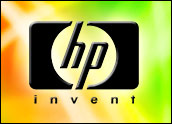


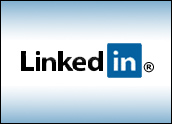

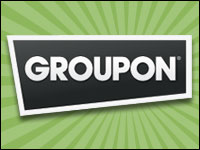


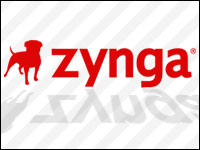
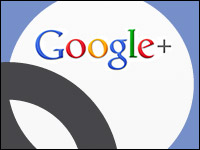











































Social Media
See all Social Media